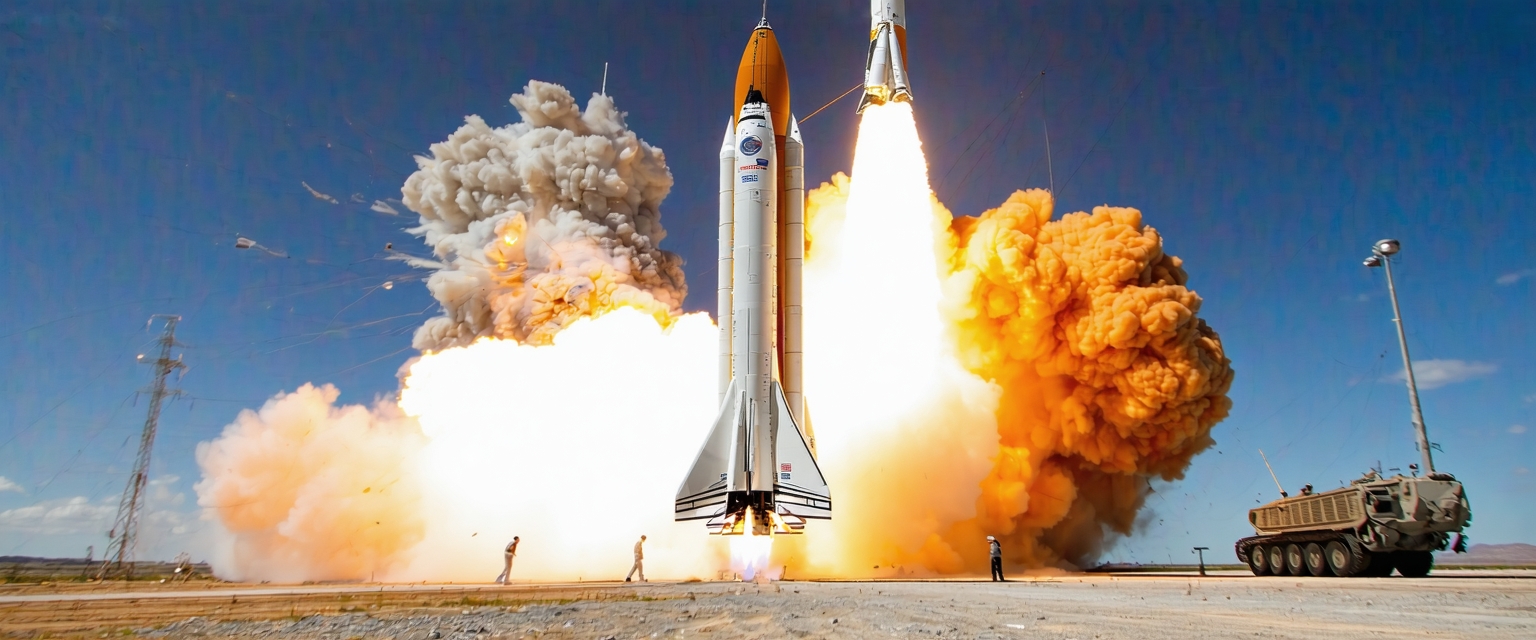






SpaceX recently conducted a successful static fire test of its Starship Super Heavy booster, marking a significant step forward in the development of its fully reusable launch system. This test paves the way for an upcoming orbital flight test, a crucial milestone for the company’s ambitious Mars colonization plans.
Starship is designed to be the world’s most powerful launch vehicle, capable of carrying over 100 metric tons to Earth orbit. Its fully reusable architecture aims to drastically reduce the cost of space travel, opening up new possibilities for lunar and Martian exploration.
Previous attempts to conduct similar tests experienced setbacks, highlighting the complexity of integrating such a massive and powerful rocket. Overcoming these technical hurdles has been a key focus for SpaceX engineers.
The recent static fire test saw all 33 Raptor 2 engines on the Super Heavy booster ignite simultaneously for a significant duration. This successful test validated the engine’s performance and the booster’s overall structural integrity under immense pressure.
Data gathered from the test will be crucial for refining the launch procedures and ensuring the safety of the upcoming orbital flight test. The successful firing suggests SpaceX is closer than ever to achieving a fully operational Starship system.
A successful Starship launch will significantly impact the space industry. The low cost of launching large payloads could revolutionize satellite deployment, space tourism, and deep-space exploration.
Moreover, the development of a fully reusable system represents a paradigm shift in rocket technology, potentially reducing the environmental impact of space launches compared to traditional, expendable rockets.
SpaceX plans to conduct an orbital flight test in the coming weeks or months, pending regulatory approvals and further testing. This test will be a critical demonstration of Starship’s capabilities, proving its ability to reach orbit and return safely.
Success in this upcoming test would represent a major leap forward for humanity’s space ambitions, paving the way for more frequent and ambitious space missions in the future.